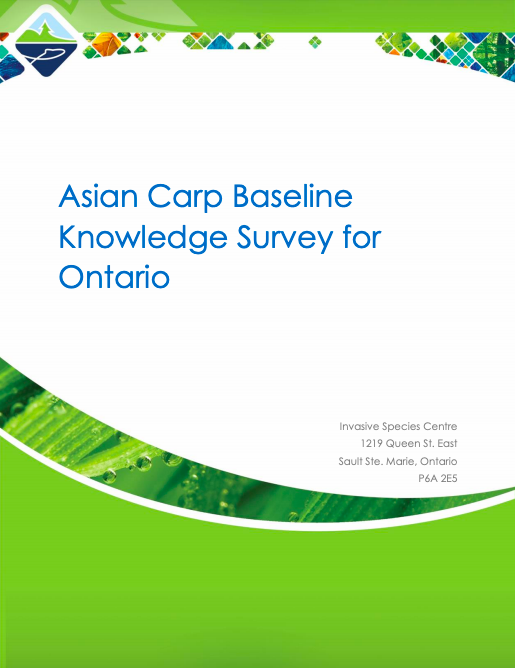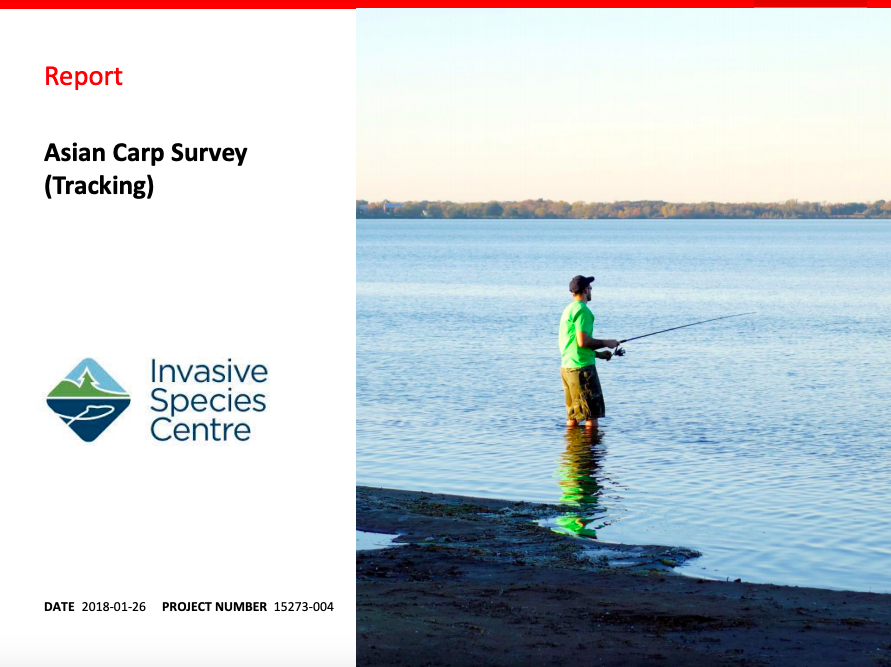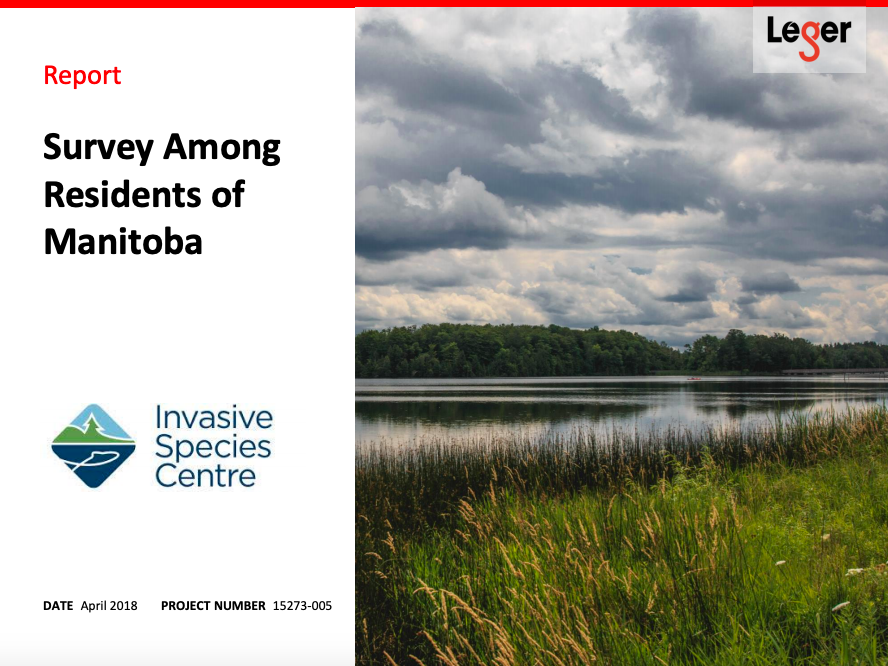Invasive species are a growing threat to Canada’s terrestrial and aquatic ecosystems, economy, and society. To protect native species from invasive species impacts it is important to prevent them from entering and to detect them as early as possible, should they arrive. This proves difficult with aquatic species as they tend to be less visible and more difficult to track through a water system and is why prevention is critical to stopping the spread of aquatic invasive species (AIS). AIS pathways are often human aided. For example, live bait movement and dumping, transport on boats and water recreation equipment, release of aquarium species, and illegal import for personal or commercial use. All of these pathways can be minimized by proper education and understanding of the threats that AIS pose to Canada. The hope is, once the public understands the risks that AIS present, citizens will be more vigilant in helping to prevent their spread. Many of these pathways are unintentional and therefore could be easily averted through education. For example, knowledge and identification of legal bait fishes being bought and/or sold is a good way to reduce the chance of potentially invasive fishes establishing in new waterbodies.
Recognizing the common characteristics of all invasive species is crucial to developing knowledge and understanding of invasive species prevention. To understand the importance of individuals’ actions towards the management of invasive species, Ontarians first must know what invasive species are and why they pose such a great threat. This survey gauged Ontarians’ perceptions regarding the importance of ecosystem protection and their knowledge of invasive species in general. The survey specifically targets Asian carps; general knowledge of the species, opinions on their impacts, knowledge of what the public can do, and what is currently being done by various organizations.


